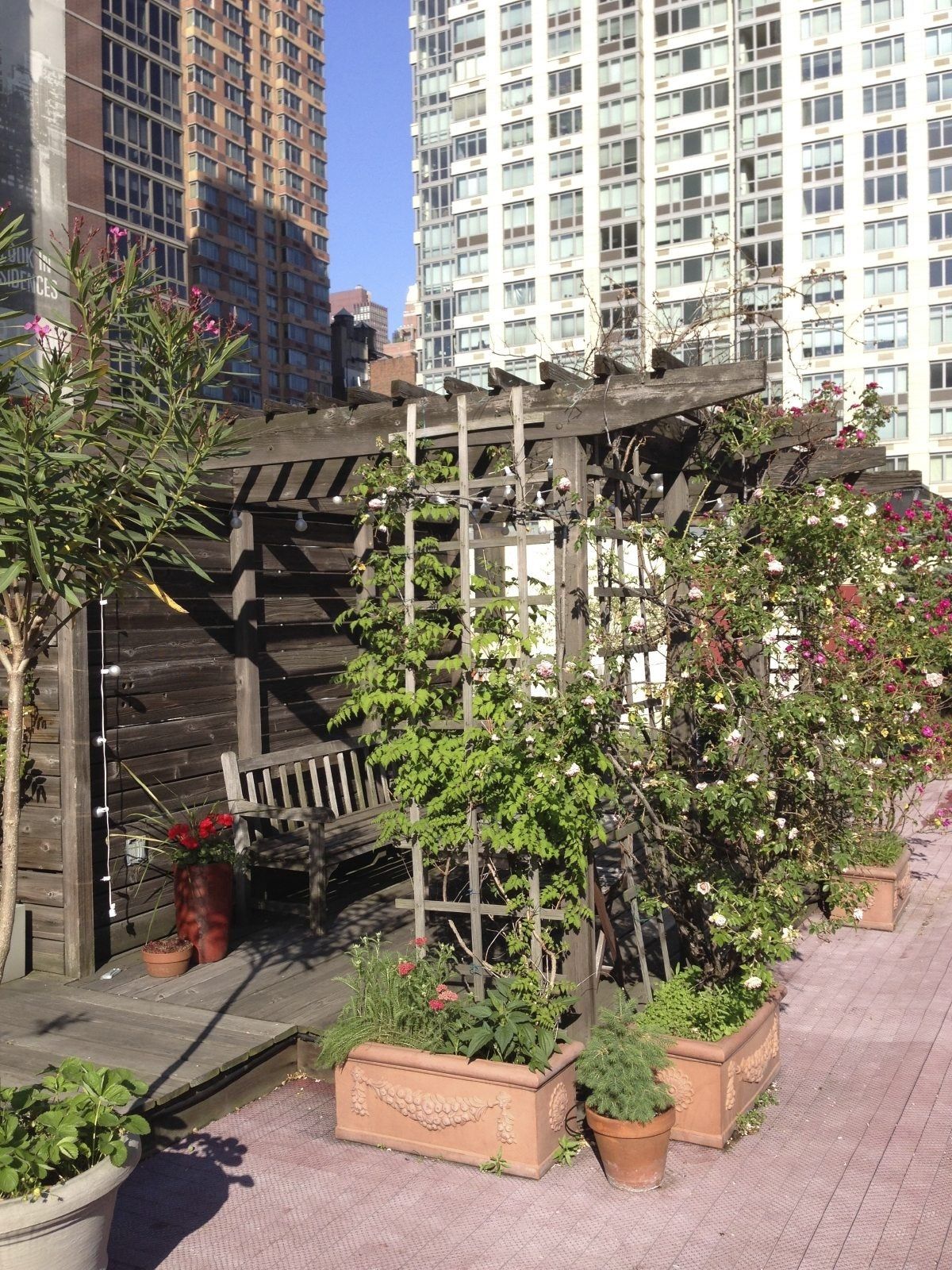Getting My City Blooming To Work
Getting My City Blooming To Work
Blog Article
The City Blooming Diaries
Table of ContentsThe Basic Principles Of City Blooming Indicators on City Blooming You Should KnowThe Best Strategy To Use For City BloomingGetting My City Blooming To WorkEverything about City Blooming
Intrigued in expanding food for sale in the City of Chicago? Thinking of starting an area yard? Changes to the Chicago Zoning Regulation allow farming uses like area yards and urban farms in many components of the city. Below is a checklist of regularly asked questions concerning the guidelines and guidelines that farmers should think about when preparing a metropolitan farming job.
The zoning amendment does not change any various other codes managing composting, structure authorizations, acquiring or renting City had building, service licenses or environmental contamination. There are existing codes that regulate these problems and they stay completely effect and may be applicable to your project. Area yards are generally owned or managed by public entities, public companies or community-based companies and maintained by volunteers.
Urban ranches grow food that is intended to be offered, either on a nonprofit or for-profit basis. As a result of their business purpose, city ranches call for a company permit. Yes. An area garden is permitted to offer surplus generate that was expanded on website if the sales are accessory or subservient to the garden's primary objective explained over.
City Blooming - Questions
The amount of garden compost material can not exceed 25 cubic lawns at any type of offered time according to the standards in 7-28-715 of the City's Municipal Code. Since the soil at most brand-new garden sites needs amending, garden compost, dirt, wood chips, or various other products can be gotten to build or enhance the expanding room.

If a building authorization is called for after that the hoophouse will be thought about an accessory structure. You can learn more regarding the building permit needs by contacting the Department of Structures. The 25,000-square-foot size limitation is planned to stop a single area garden from dominating an offered block or detracting from the block's existing residential or business personality.
The limit does not apply to yards found in Public Open Room (POS) districts. Can there be more than one community yard that is 25,000 square feet on a single block? Secure fencing is not called for, however, yards that have huge vehicle parking areas might be needed to set up fencing or various other landscaping functions.
The Basic Principles Of City Blooming
B1 & B2 areas need that all industrial usage activities be conducted indoors. R areas restrict business activity. The laws show the objective and intent of the Zoning Code. Is fencing required for metropolitan farms? Yes. Fencings may be required, together with landscaping and screening, for weblink sure parking lot and exterior job or storage space locations relying on location and the specific activity happening.
Urban farms need structure authorizations and zoning approvals prior to building (eco-friendly practices). Various other types of city testimonial might be needed depending on details frameworks, activities, size, landscaping, licensing, public health and stormwater administration problems.
Yes. The kind of license is identified by what is taking place at the site. The Department of Business Affairs and Customer Protection can assist figure out the particular kind of organization license that's required. Yes. Off street car park is required for a lot of business projects in Chicago. The needed number of parking areas is based on the number of workers servicing site and not the square video footage of the growing area.
The smart Trick of City Blooming That Nobody is Talking About

Yes. A metropolitan ranch can sell compost product created on site, nonetheless, the operation has to abide by the laws in 7-28-715 of the Chicago Municipal Code. Yes. Aquaponic systems are allowed indoors on metropolitan ranches in lots of zoning districts. A zoning testimonial and building authorization is called for in order to mount frameworks or systems and a service permit is needed as explained over.
Approximately five hives or nests of honey might be maintained as an accessory use. Nonetheless, beekeepers must sign up with the Illinois Department of Farming. For additional information about the proposed zoning change you might call the Division of Real Estate and Economic Development, Bureau of Preparation and Zoning at 312.744.8563.
Farming in cities and urban locations An urban farm in Chicago. Urban farming refers to different practices of growing. http://prsync.com/city-blooming/, handling, and distributing food in city areas. The term also uses to the area tasks of animal husbandry, tank farming, beekeeping, and horticulture in an urban context. Urban farming is distinguished from peri-urban agriculture, which occurs in rural locations beside suburban areas.
City Blooming - The Facts
, that look for to create social networks established on a shared ethos of nature and neighborhood holism. These networks can develop by method of formal institutional support, coming to be integrated right into local community planning as a "transition town" movement for lasting city advancement.
Some of the first proof of urban farming comes from Mesopotamia.
Report this page